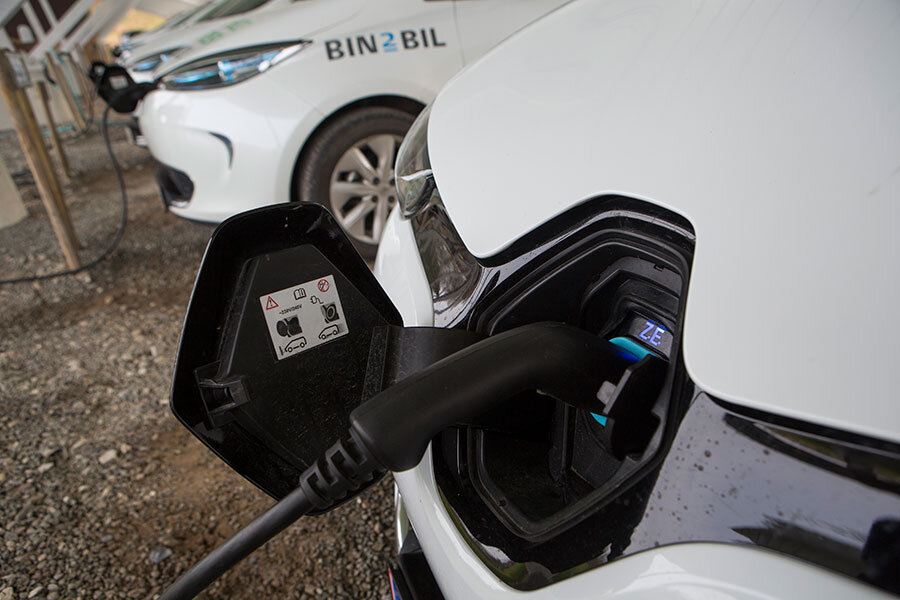VW releases $2 billion settlement plan for electrifying America
Loading...
Two billion dollars is a lot of money.
When VW Group of America agreed to fund a $2 billion project to spread zero-emission vehicle infrastructure across the U.S. as part of its settlements in the Volkswagen diesel emission scandal, that immediately changed the playing field for electric-car fast charging.
Now the first of four phases of the national plan has been issued, and the public has a chance to look at it and offer critiques.
The first phase covers 30 months, or one quarter of the full 10-year plan, and adds up to $500 million, split into two parts: $200 million for California, and $300 million for the rest of the United States.
The total $2 billion fund is split into two separate plans: one for California, totaling $800 million, and another for the rest of the country, totaling $1.2 billion.
The first phase of the national, or 49-state, plan was released late last Friday. The full plan can be downloaded as a PDF file from VW's Electrify America site, here.
By 2019, the national plan says, it will have installed more than 450 "non-proprietary" electric-vehicle charging stations in 11 metropolitan areas and along many major highways.
Non-proprietary in this case means that only common standards used by multiple makers will be employed: for DC fast charging, that includes the CHAdeMO format used by Nissan and Mitsubishi, and the CCS standard adopted by all German makers and all U.S. car companies except Tesla.
The proprietary Tesla Supercharger network, which is limited to use by Tesla vehicles alone, will not receive any funding from the Electrify America plan.
In the first national phase, the goal is to have 240 fast-charging sites installed or under construction by the end of the 30-month period.
Each site will include four to 10 individual 150-kilowatt and 320-kw DC fast-charging cables, which could cut average time for an 80-percent recharge to as little as 15 to 20 minutes for next-generation longer-range electric vehicles equipped with suitable onboard charging equipment.
Those sites will be spread across 39 states, and their locations will be closely correlated with the EV Charging Corridors designated last year by the federal government.
The sites will be spaced roughly 65 miles apart, on average, and no two sites will be more than 120 miles apart.
In addition to the DC fast-charging sites, the plan's first phase will also install more than 300 "community-based charging sites" with a mix of DC fast charging and 240-volt Level 2 stations.
They will be sited in "workplaces, retail, multifamily residential locations and municipal lots and garages in the Boston, Chicago, Denver, Houston, Miami, New York City, Philadelphia, Portland, Raleigh, Seattle and Washington, D.C. metropolitan areas," according to the plan.
Finally, Electrify America will also embark on a public awareness and education campaign to make more buyers aware of electric cars, how they're charged, what public charging infrastructure is available, and why electric vehicles are simply a better choice.
Importantly, VW says, that campaign will be brand-neutral and won't promote plug-in vehicles or charging sites from any particular makers over any others.
This story originally appeared on GreenCarReports.





